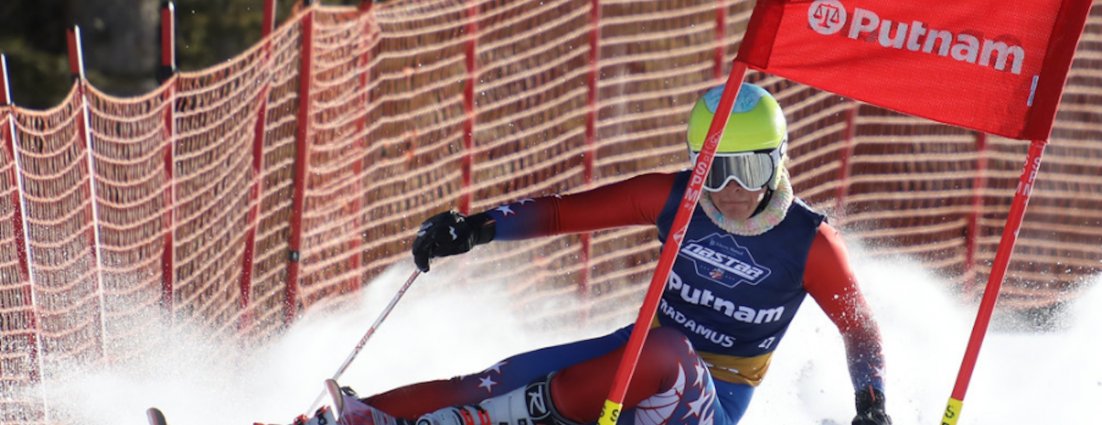My Main Ski Tip
03.09.2017 | Chad Fleischer

As a ten-year veteran of the US Ski Team, and as an owner of Fleischer Sport, a ski and snowboard rental shop in Steamboat Springs, CO, I’ve come across many bits of ski advice. There are all kinds of ski tips, instructors and ski areas to look into, but there is one thing that has remained the same: gravity. When it comes to gravity, it’s important to keep in mind the fact that you will not change it and the fact that you must work with it and not against it in order to make it down the mountain.
I have worked with a number of celebrities, pro-athletes, and presidents of corporations on the hill to help them find their balance point on skis, learn the basics of how to ski, and/or improve on the skills that they already have. That being said, this is the main focus point when I help my clients learn to ski.
Let the Skis Do the Work For You
When you strap on a pair of the new sidecut skis, it is all about the skis doing the work for you. Today’s skis are meant to carve a turn and enter the fall line when the skier dictates that movement.
The best way to think about a pair of skis working with you is as follows: Draw a line from your knee caps to your ski tips, from your ski tips back to the balls of your feet, and from the balls of your feet back to your knee caps. It roughly forms a right triangle. This triangle is the essence of form and balance on your skis.
Balance Matters
So many instructors and coaches focus on flexing your shins into the boots, but this results in you forcing your weight forward but dropping your butt and still sitting back. It can also put you too far forward, and it makes you focus on your shins only and not on your balance or your feet. Putting your shins toward the front of your boots is very far from being in balance.
What a skier should be focused on is pushing (bending) the kneecaps to the tips of the ski, and therefore, creating pressure to the tip or shovel of the ski. In doing so, the ski will bend because of the pressure created, resulting in it turning or carving into and through the turn.
When the focus is on creating “tip pressure,” you are not only allowing the ski to work as it is designed to based on the law of physics, you are also being proactive and are balanced above and over the skis.
The only thing that keeps you from falling forward and creates balance on skis is the fact that your ski is now a very large foot of yours.
Feeling the Pressure
You should feel pressure in your knee caps as they bend toward the tips of the skis. You should also feel pressure standing on the balls of your feet in an athletic position, on the shin bones or the tongues of the ski boots, and the pressure along the ski is from the tip of the ski to the ball of your foot (see the right triangle description above).
The pressure that you feel on the skis will be the actual ski itself pressing into the snow from the tip all of the way to the front of the binding under the toe of your ski boot.
There is no way to be back if you press your kneecaps to the front of your skis, and there is no way to be back if you are flexing your knee caps into the ski tips and standing on the balls of your feet.
This is not an advanced tip, and it is easily done on a catwalk or, even better, in the lift line or before you get ready for a run on top of the mountain. Dial in your pressure points, and feel the ski exerting force onto the snow. That force you feel is control and will eliminate your skis from “swimming” or “crossing tips.”
Skis should be controlled at all times, and the movement should be controlled by the skier. Being in control will ensure that the skis follow you instead of “controlling” you, and this control is all that you need to perform at a much higher level on the slopes.